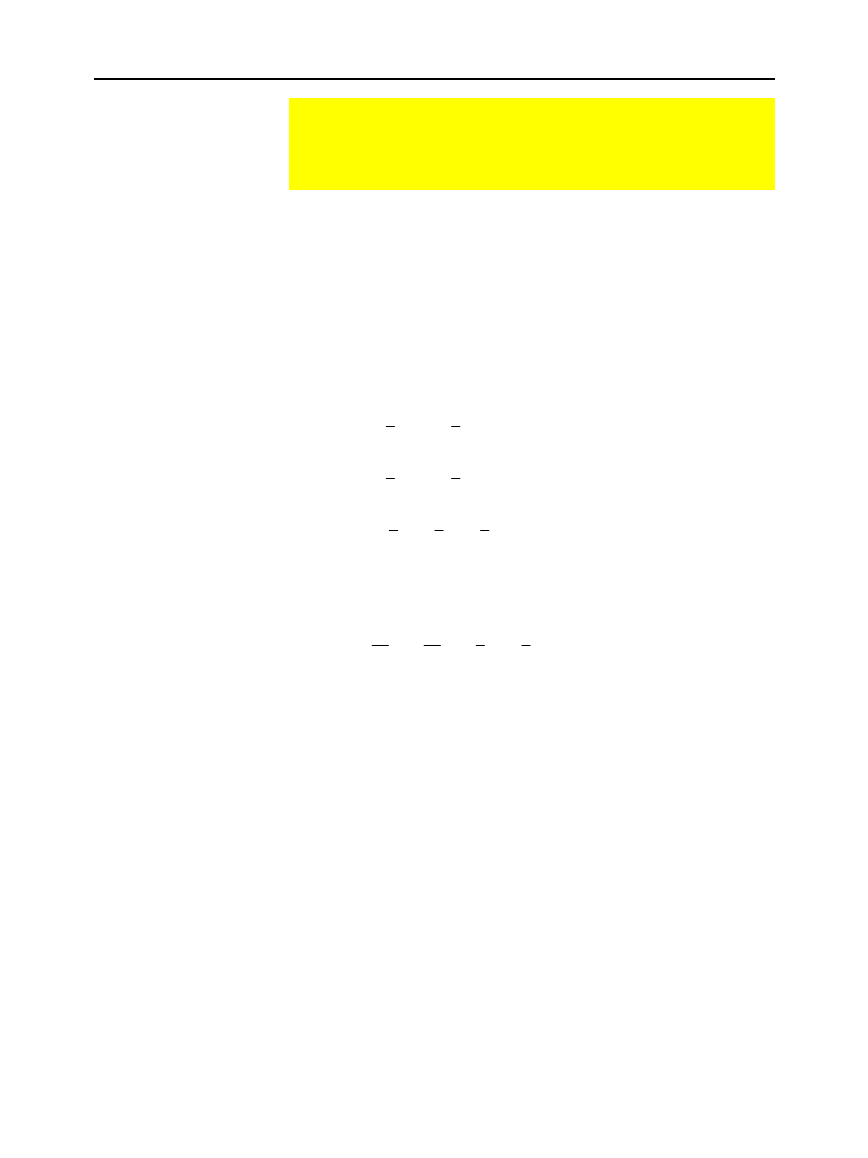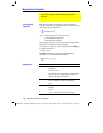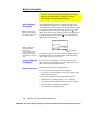
Appendix B: Reference Information 573
8992APPB DOC TI
-
89/TI
-
92 Plus:8992a
pp
b doc (English) SusanGullord Revised:02/23/01 1:54 PM Printed: 02/23/01 2:24 PM Page 573 of 34
The Bogacki-Shampine 3(2) formula provides a result of 3rd-order
accuracy and an error estimate based on an embedded 2nd-order
formula. For a problem of the form:
y
' = ƒ(
x
,
y
)
and a given step size
h
, the Bogacki-Shampine formula can be
written:
F
1
= ƒ(
x
n
,
y
n
)
F
2
= ƒ
(
x
n
+
h
1
2
,
y
n
+
h
1
2
F
1
)
F
3
= ƒ
(
x
n
+
h
3
4
,
y
n
+
h
3
4
F
2
)
y
n+1
=
y
n
+
h
(
2
9
F
1
+
1
3
F
2
+
4
9
F
3
)
x
n+1
=
x
n
+
h
F
4
= ƒ
(
x
n+1
,
y
n+1
)
errest
=
h
(
5
72
F
1
ì
1
12
F
2
ì
1
9
F
3
+
1
8
F
4
)
The error estimate
errest
is used to control the step size
automatically. For a thorough discussion of how this can be done,
refer to
Numerical Solution of Ordinary Differential Equations
by
L. F. Shampine (New York: Chapman & Hall, 1994).
The
TI
-
89 / TI
-
92 Plus
software does not adjust the step size to land on
particular output points. Rather, it takes the biggest steps that it can
(based on the error tolerance
diftol
) and obtains results for
x
n
x
x
n+1
using the cubic interpolating polynomial passing through
the point
(
x
n
,
y
n
)
with slope
F
1
and through
(
x
n+1
,
y
n+1
)
with slope
F
4
.
The interpolant is efficient and provides results throughout the step
that are just as accurate as the results at the ends of the step.
Runge-Kutta Method
For Runge-Kutta integrations of ordinary differential equations,
the TI
-
89 / TI
-
92 Plus uses the Bogacki-Shampine 3(2) formula
as found in the journal
Applied Math Letters
, 2 (1989), pp. 1–9.
Bogacki-Shampine
3(2) Formula


















